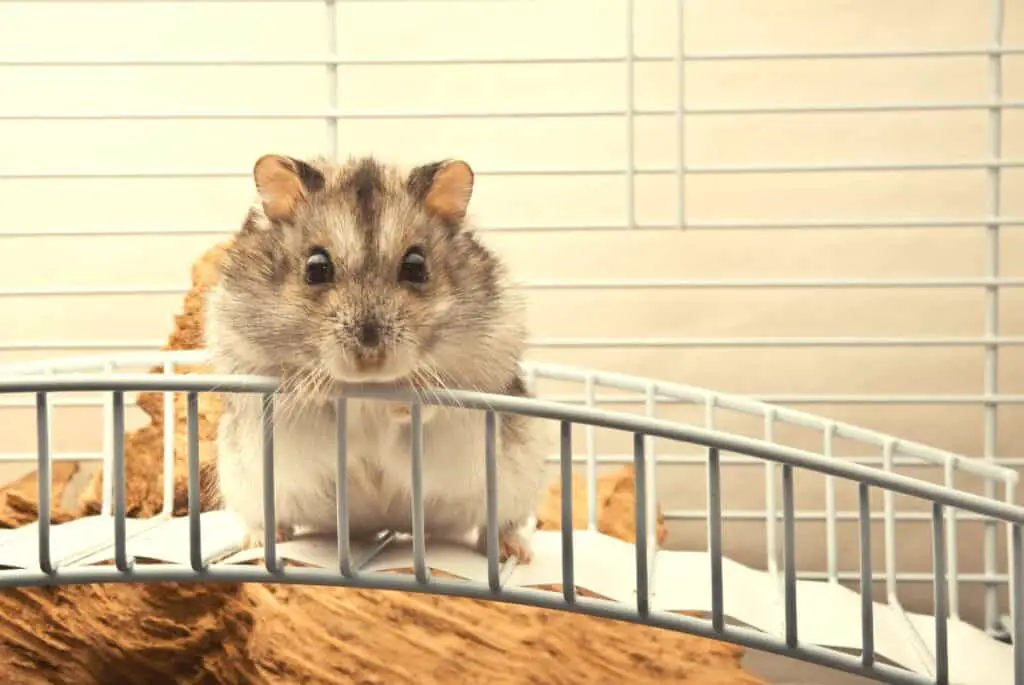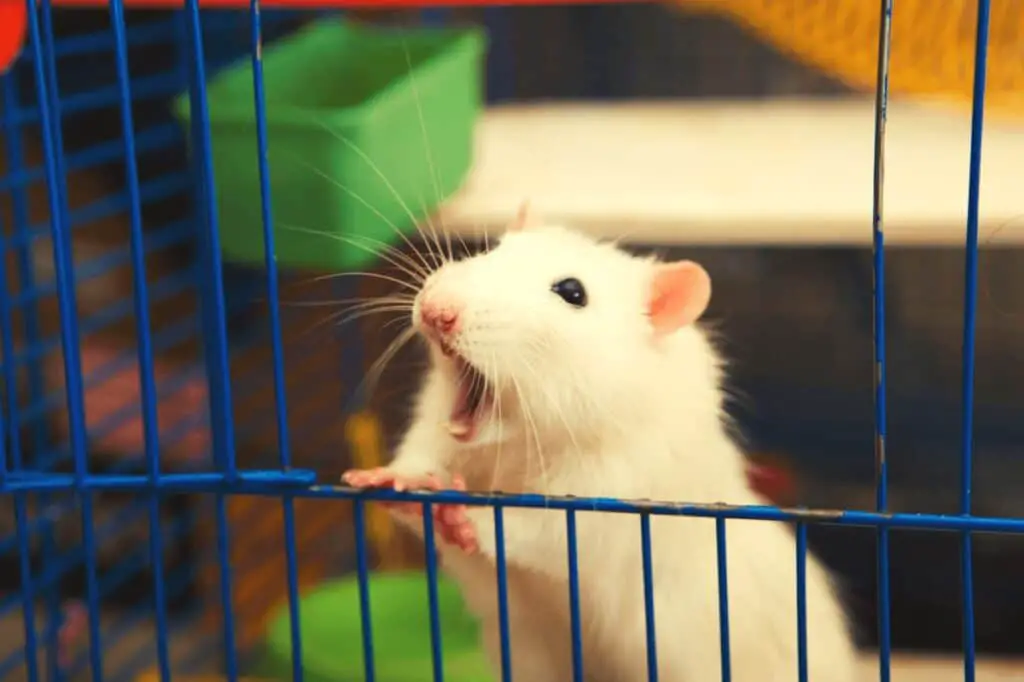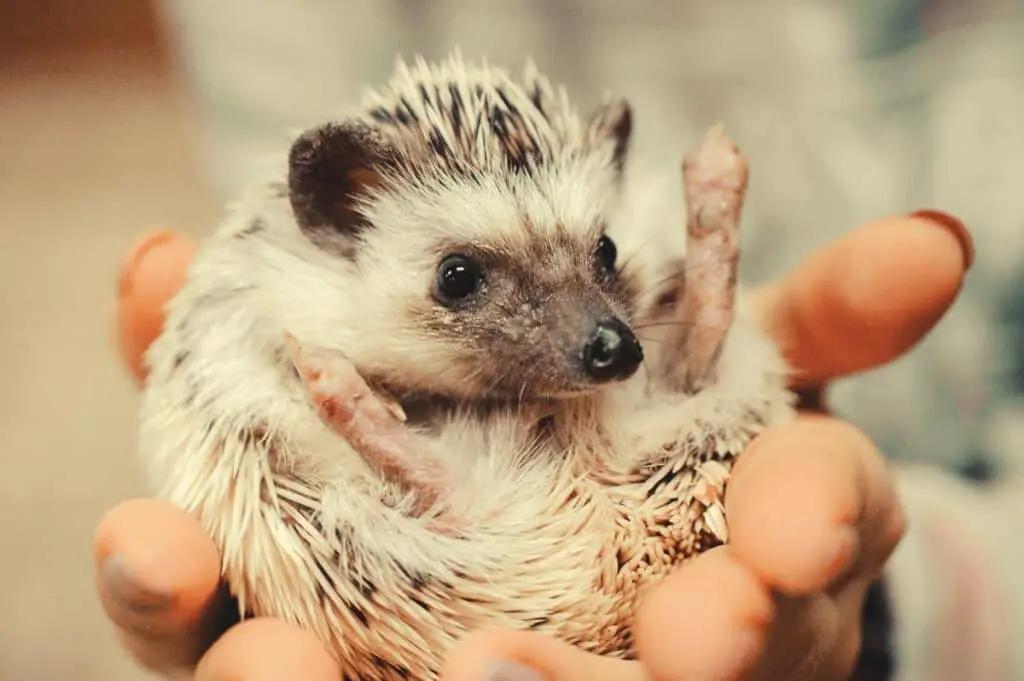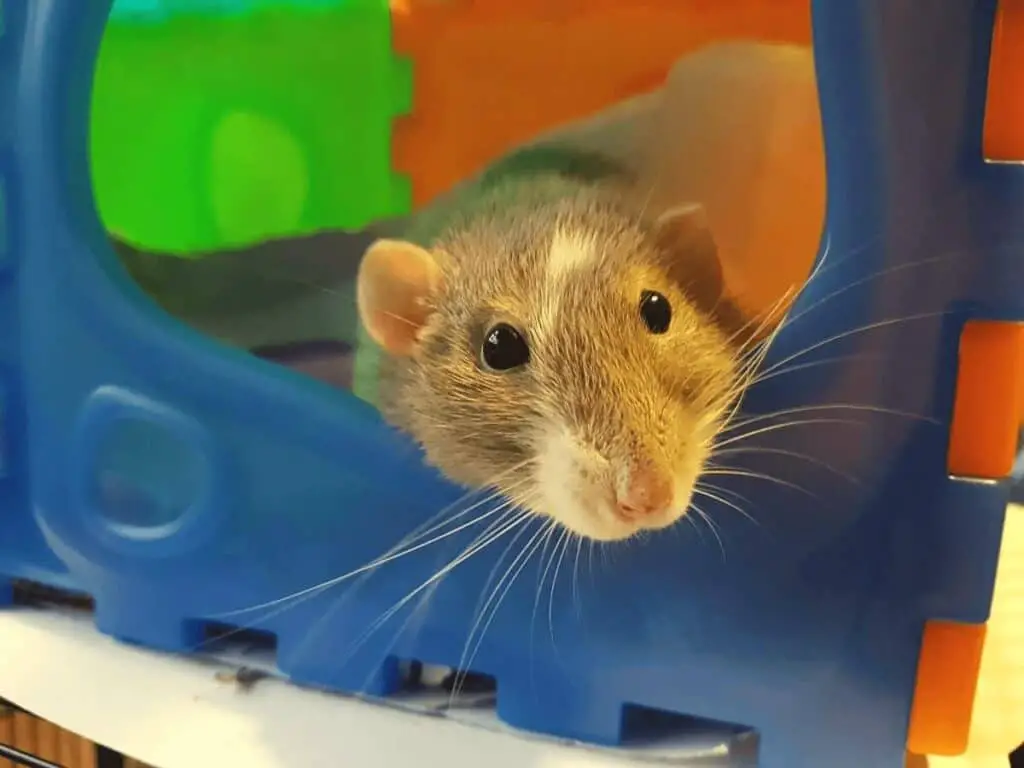Rabbits are fantastic animals to have as house pets because they are affectionate and social creatures. A study showed that more than 2.5 million households in the US own pet rabbits, making them the favorite “small pet” to have amongst pet owners.
They may not be the easiest to care for at first, but we aim to help you become a better pet owner by teaching you some tricks and tips. Beginners wanting to bring a rabbit into their family should know how to meet their specific needs using these ten rabbit care tips.
1. Find the Right Cage
The first step to making sure your rabbit is safe and comfortable is purchasing the right cage for it. There are many options to choose from, depending on whether you want to house your rabbit inside or outside.
You can keep them in an outdoor hutch with enough space for them to have a resting area and an exercise area. If you choose to keep them outdoors, make sure their hutch is placed out of the direct sun, raised off the floor to stay dry, protected from predators, and made completely weatherproof.
If you choose to keep them inside, they can live happily in a bunny condo or a large indoor rabbit cage. Whichever type of cage you choose, make sure it is large enough for your rabbit to comfortably rest and roam around freely. Their enclosure should be 3-4 times the size of your rabbit. Finding one that is easy to clean will also be beneficial in the long run.
2. Purchase the Necessary Accessories
Rabbits need a variety of accessories to be comfortable in their new home. The first is to provide soft bedding for them, which can be made out of newspapers, wood or paper pellets, fleece, or straw. I recommend hay, since your bunny can enjoy sleeping and snacking on the bedding when the mood strikes. Your pet also needs a dark place to hide when they feel the need to protect themselves. Having a hideaway can make your rabbit feel more comfortable in their cage.
Other accessories a rabbit needs are a bowl or bottle for fresh water, a feeding bowl, and lots of fresh hay. Since rabbits like to do their business in one spot, they can also be litter trained. Provide them with a litter box that uses an absorbent material (see my article about the best rabbit litter to learn more) and practice patience while they learn to use their new bathroom.
Adding a hay feeder can also encourage your bunny to use its toilet, but I don’t recommend placing hay on top of the litter, since your rabbit may wind up eating feces along with its meal.
Overall, all of these accessories will help keep your rabbit healthy and happier in its home.
3. Feed your Rabbit a Healthy Diet
A rabbit’s diet consists mostly of hay. High-quality grass hay maintains a rabbit’s digestive tract because of the high amount of fiber it contains. Hay needs to be about 80-90% of their diet to keep them healthy. Rabbits also need to consume other fruits and vegetables as well as a limited number of pellets.
As long as they don’t eat foods high in carbohydrates, rabbits can eat up to two cups of leafy green vegetables per day. Veggies like carrot tops, romaine lettuce, cilantro, basil, broccoli greens, watercress, and bok choy are a few healthy options for a rabbit’s diet. Introduce new foods and see what your rabbit likes as each one has its preference.
Learn more about the right food in my article.
4. Let Your Pet Socialize
Rabbits are social creatures and need to spend time with others to stay happy. They are happier in pairs or small groups, so finding other rabbit owners for playdates can be beneficial to your pet’s health. Rabbits also enjoy spending time with people, though they may seem shy at first meeting new humans. Introduce them to new people slowly. There are many signs telling that your bunny likes you.
If you introduce your rabbit to another rabbit, observe their interaction to make sure they bond well. Allow two rabbits to socialize on neutral territory, so they don’t get territorial and aggressive. If they seem to be getting aggressive towards each other, separate them immediately before they fight.
For the first introduction, let them interact for up to 20 minutes. Later, when their relationship seems more stable, you can let them spend more extended amounts of time together.
5. Spay or Neuter Them
Spaying or neutering your rabbit can prevent hormone-driven aggression towards you and other creatures. Those aggressive behaviors can interfere with their ability to socialize and interact with others. Spaying female rabbits can also lower their risk of developing uterine cancer.
The best age to neuter or spay a rabbit is when they are between 4-6 months old. Ensure a veterinarian first checks them out to see if they are healthy enough to have the surgery.
6. Learn How to Handle Your Rabbit Correctly
Knowing how to handle your rabbit the right way is crucial to taking care of them. The most important aspect is to treat them gently to help them feel calm and comfortable with a human touch. Avoid startling them by talking quietly and moving slowly around them. Picking them up while you are close to ground level can make them feel less scared as well.
While holding a rabbit, make sure to hold them firmly but gently. Use one hand to support their hindquarters and back at all times, and allow their four feet to rest on your body. They feel safer when their legs are planted on some kind of surface. Their backbone is also fragile, so it is vital to support their hind legs.
To help them feel more relaxed, you can also cover their eyes with a towel or your arm while holding them, but make sure their nostrils are not blocked.
7. Groom Them Regularly
Though rabbits often groom themselves, regular grooming can ensure your rabbit’s healthy physical condition, thus improving rabbit care. You can also use that time to check their skin for anything that seems out of the ordinary.
Brushing your rabbit’s coat regularly can prevent mats from forming, which can irritate their skin and lead to other infections. Short-haired rabbits need brushing at least twice a week, while long-haired rabbits require daily brushing. To clean around their eyes, use a moistened cotton ball.
Rabbits also need their nails trimmed if they are getting too long. At home, you can use nail clippers to cut them yourself. Their claws can bleed when nicked, but don’t let it alarm you. You can stop the bleeding using styptic powder or flour. However, if you feel concerned, you can take your rabbit to the vet or local surgery to get it checked out.
8. Clean the Cage Often
Keeping your rabbit’s cage clean is important not only to keep it from smelling terrible, but to protect your pet’s health. In general, you should clean out its cage or hutch at least once a week. You can do a little bit every day, so it doesn’t feel like a big chore.
Little cleaning you can do is removing any uneaten fresh foods daily, washing out your rabbit’s food bowl, washing and refilling their water container, replacing fresh bedding or hay if needed, and changing the litter box. Weekly cleaning may involve cleaning their bedding and toys with water and soap, wiping down or rinsing the cage thoroughly, and rubbing out stubborn urine spots.
9. Give Your Rabbit Freedom to Explore
Though rabbits seem quiet and docile, they get bored quickly and need physical and mental stimulation for a few hours every day. If you want to let your pet explore your home, make sure your space is rabbit-proof first. Cover or remove all electrical cords, put away toxic plants or chemicals, and block any doors or routes where your rabbit could escape.
If you want to take your rabbit outdoors to grassy areas, use a pen to keep them safe from other predators. You can buy a pen that is at least 3 feet tall, so your rabbit doesn’t jump out of it. Another good option is to leash train your rabbit. You find further information about harnesses and leashes for rabbits in my article.
Never leave them unsupervised if they roam around outside, even if they are in a safe and contained area.
10. Keep Your Pet Happy and Healthy
Rabbits can live up to 10 years, so it’s essential to be committed to raising them for the long haul. Take them to the vet for annual checkups, and inspect them regularly, especially while grooming, to ensure no abnormalities on their skin or teeth.
Spend time playing with them, keep them in a calm and quiet place, and provide them with fresh food and water. Put chew toys into their cage as well, which you can buy from pet stores or create yourself. Your rabbit’s body language will tell you if they feel relaxed and happy in their environment.
Tasty treats are a quick way to make your rabbit feel happy and energetic. Though giving them too many is not good for them, pieces of fresh or dried fruits and vegetables like strawberries, bell peppers, and bananas can be a big hit. Use treats as a reward for displaying good behavior or socializing with you.
Conclusion
How did you enjoy our tips for rabbit care? Rabbits are social creatures with specific necessities, but using these care tips will guarantee your rabbit’s health and happiness. Though they may not be the easiest pets to have at first, with commitment and the right care, rabbits can be great companions for years to come.






